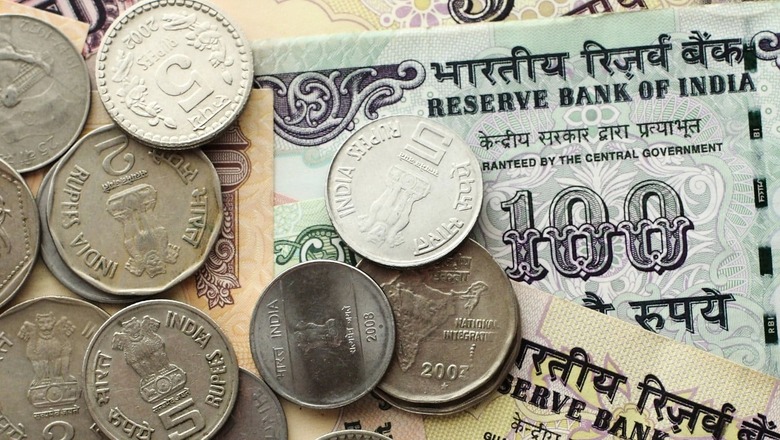
views
Non-banking financial companies-microfinance institutions (NBFC-MFIs) have reported a healthy rebound in the growth in their assets under management (AUM) in the second half of 2021-22 after having witnessed subdued growth in the first half of 2021-22, according to ICRA. The rating agency also carries a stable outlook for NBFC-MFIs, driven by the expected healthy growth in the AUM and the improvement in profitability.
“The industry saw accelerated disbursements in H2 FY2022, given the buoyant demand, healthy systemic liquidity, and the steady increase in economic activity. The disbursements are expected to remain healthy in the current year and as outlined in a recently released report, ICRA expects NBFC-MFIs and microfinance-focused small finance banks (SFBs) to witness growth of 22-25 per cent in their AUM in FY2023,” ICRA said in a report.
It added that the asset quality had weakened quite sharply in Q1 FY2022 because of the localised lockdowns imposed by various states on account of the second wave of the pandemic, which impacted the collection process of the entities. It also impacted the recovery in the cash flows of the affected borrowers.
“Therefore, the marginal borrowers slipped into the non-performing advances (NPA)/overdue category during this period as reflected in the increase in over 90 days past due (dpd) in H1 FY2022. Nevertheless, the industry saw gradual improvement in H2 FY2022 and Q1 FY2023,” ICRA said.
Sachin Sachdeva, vice-president and sector head (financial sector ratings) at ICRA, said, “Led by favourable factors in H2 FY2022, NBFC-MFIs registered an overall growth of 25 per cent in their AUM in FY2022 with the AUM crossing Rs 1 lakh crore as on March 31, 2022. However, with disbursements slowing down, NBFC-MFIs saw a decline in the annualised growth rate of the AUM to 8 per cent in Q1 FY2023 as the industry was busy implementing the revised regulatory framework.”
Sachdeva added that nevertheless, given the buoyant demand and the expected increase in the average ticket size (given higher loan eligibility under the new regulatory framework), the growth in the industry’s AUM in the remaining quarters is expected to improve significantly. “We estimate the full-year growth of 22-25 per cent in FY2023.”
The report also said the improvement in collections helped the industry register an improvement in delinquencies in H2 FY2022, followed by a further recovery in Q1 FY2023. The 90+ dpd of 5.7 per cent (for ICRA sample of NBFC-MFIs) as on March 31, 2022, was higher than the rating agency’s estimate of 5 per cent as slippages from the restructured book remained high.
“However, with further write-offs and recoveries, the 90+ dpd improved to around 5 per cent by June 30, 2022. For FY2023, a significant decline in delinquencies is expected driven by some recoveries and write-offs by the entities. The rating agency retains its estimate of 90+ dpd at around 2 per cent by March 31, 2023. On the liquidity front, NBFC-MFIs and SFBs continued to maintain a healthy liquidity profile in FY2022 though a marginal decline was seen to reduce the negative carry,” it said.
ICRA also said that on-book liquidity, as a percentage of the AUM, stood at around 18 per cent as on March 31, 2022, for the sample of NBFC-MFIs compared to around 20 per cent as on March 31, 2021, (around 15 per cent as on March 31, 2020). For NBFC-MFIs and SFBs combined, the on-book liquidity, as a percentage of the AUM, stood at around 16 per cent as on March 31, 2022, compared to around 19 per cent as on March 31, 2021 (around 15 per cent as on March 31, 2020).
Read all the Latest Business News and Breaking News here




















Comments
0 comment